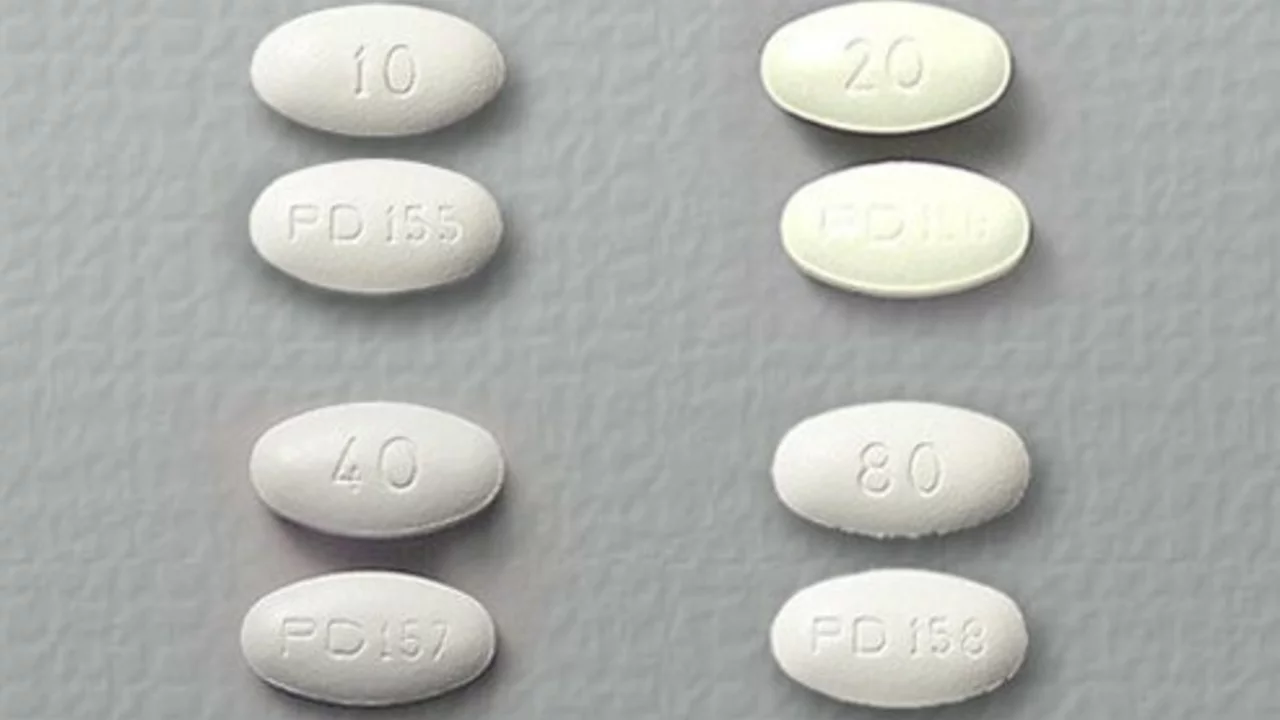Atorvastatin — what it does and who should take it
Atorvastatin is a cholesterol-lowering medication from the statin family. Doctors prescribe it to lower LDL ("bad") cholesterol and reduce the risk of heart attacks and strokes. You’ll know it by brand names like Lipitor or by generic labels that just say atorvastatin. It works by blocking an enzyme in the liver that makes cholesterol.
How to take atorvastatin — simple rules
Typical starting doses are 10–20 mg once daily. Your doctor may raise the dose up to 40–80 mg depending on your cholesterol goals. Take it at the same time every day — morning or evening is fine — and stick with what fits your routine. If you miss one dose, skip it and take the next dose as scheduled; don’t double up.
Atorvastatin works best with lifestyle changes. Keep eating a heart-healthy diet, exercise regularly, and stop smoking. These steps help the medicine work faster and may let you use a lower dose.
Side effects and what to watch for
Most people tolerate atorvastatin well, but watch for muscle aches, weakness, or persistent tiredness. If you have severe muscle pain, dark urine, or fever, contact your doctor right away — those can be signs of serious muscle damage (rare, but real). Mild stomach upset or headache can happen but usually goes away.
Atorvastatin can affect the liver. Your doctor may check liver enzymes before you start and if you have symptoms like yellowing skin, dark urine, or persistent nausea. Also note a small increased risk of blood sugar rise; if you have diabetes, keep an eye on your glucose levels.
Do not take atorvastatin if you are pregnant or breastfeeding. It can harm a baby.
Key drug interactions and safety tips
Grapefruit and grapefruit juice can raise atorvastatin levels — avoid large amounts. Strong medicines that block the liver enzyme CYP3A4 (like some antifungals, certain antibiotics, and some HIV drugs) can increase the risk of muscle problems when taken with atorvastatin. Fibrates (used for high triglycerides) and certain products like gemfibrozil can also raise muscle risk. Always tell your doctor about all medicines, supplements, and herbal products you use.
Before starting, share your medical history: liver disease, heavy alcohol use, or past muscle problems matter. Your provider may order a lipid panel 4–12 weeks after starting and repeat labs periodically to see how the drug is working. Report new or worsening symptoms quickly.
If you’re buying medication online, use a licensed pharmacy that requires a prescription. Cheap offers without a prescription are risky — counterfeit or unsafe products exist. Ask your pharmacist if a generic atorvastatin is right for you; generics work the same as brand-name drugs for most people.
Want to talk specifics with your doctor? Ask about target LDL goals, expected timeline for cholesterol improvement, and what to do if you get side effects. That keeps you in control and helps the medicine do its job safely.

